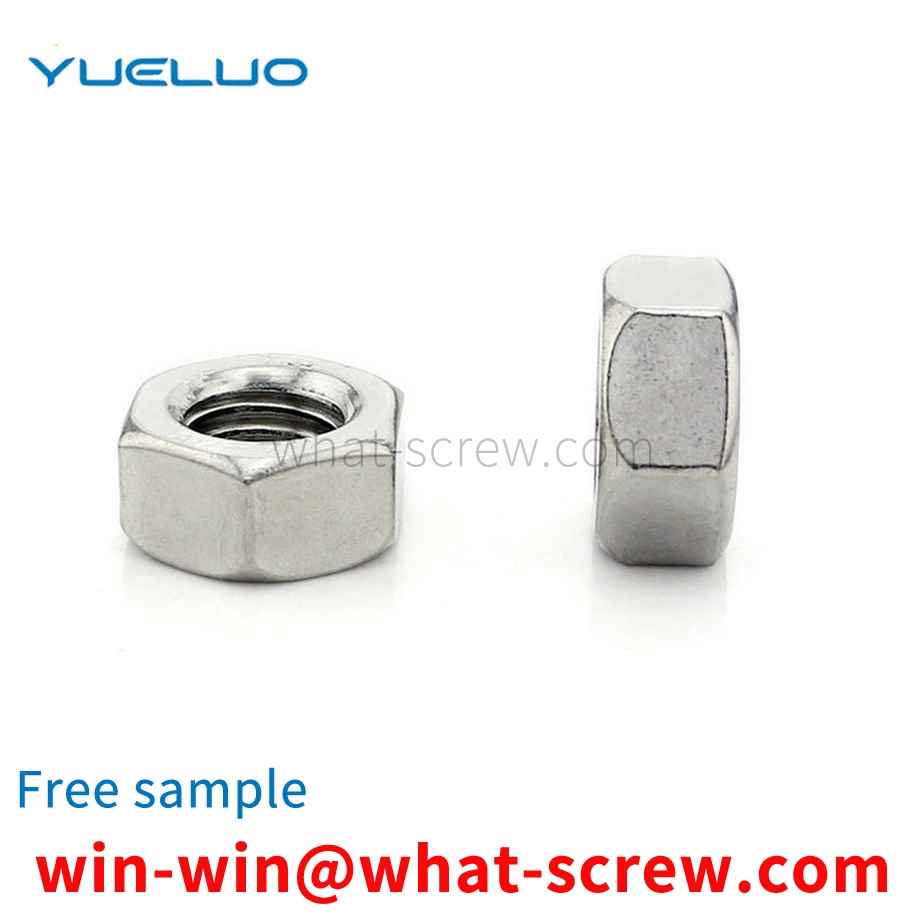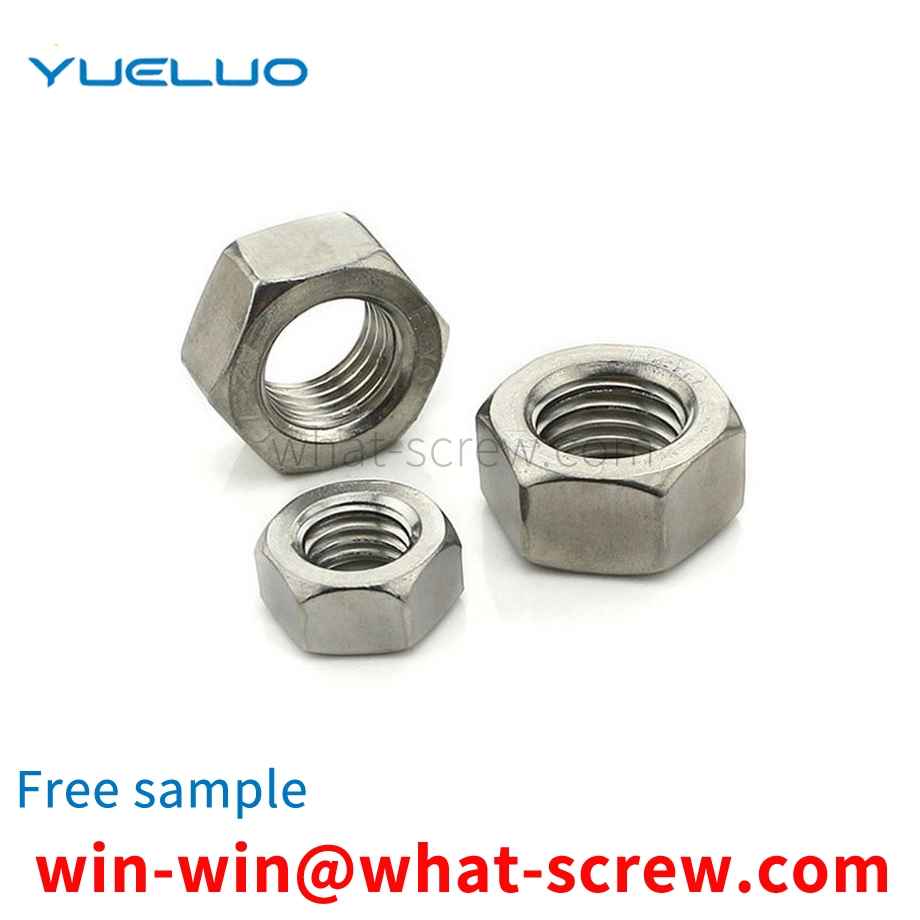Due to manufacturing and installation errors, the lamp head and its connecting part of the shadowless lamp will drift, which cannot be positioned at any position. Therefore, in the shadowless lamp, the damping force is usually provided by the damping screw to realize the positioning of the lamp cap and its connecting part. The damping screw needs to be able to provide a suitable damping force. The damping force should not be too small to meet the positioning requirements; at the same time, the damping force should not be too large to make the user feel comfortable when moving the lamp head and its connecting parts. In addition, within the normal life range, after the damping screw is worn, it should also be able to provide sufficient damping force to satisfy the positioning of the lamp cap and its connecting part. The damping screw is tightened by the thread, the top pressure disc spring is deformed, and the disc spring presses the friction end to generate frictional force, thereby providing an effective and lasting damping force. The damping force can be realized by adjusting the screw tightness. For the friction ends, there are certain requirements for wear resistance, certain self-lubrication, certain strength, hardness and toughness. At present, the friction end materials in the industry mainly include metals such as brass and tin bronze; non-metals such as nylon and POM. At present, the main disadvantage of the friction end of the damping screw is that it is easy to produce abnormal noise during the friction process for metal materials. For non-metallic materials, deformation is easy to occur and the strength is insufficient.
In terms of screw standard specification broadcast, there are two versions of the national standard, one is GB70-76, the 76 version, and the other is GB70-8585 version. Our company is now implementing the DIN912 standard, so it should be paid attention to in actual business operations. Difference: GB70-85 and DIN912 completely overlap, so there is no difference in the use of the new standard, mainly because there is a difference between GB70-76 and DIN912: M8 series hexagon products, GB70-76 round head diameter It is 12.5MM, which is smaller than 13.27MM of DIN912. For M10 series inner hexagon products, the round head diameter of GB70-76 is 15MM, which is smaller than 16.27 of DIN912. The inner hexagon of M12 series, the round head of GB70-76 The diameter is 18MM, which is smaller than the opposite side of DIN912, which is 18.27. In addition, the round head diameter of the inner hexagon GB70-76 of M16 and M20 series is 0.33MM smaller than that of DIN912, which are 24MM and 30MM respectively. DIN912 is 24.33MM and 30.33MM respectively. In addition, the width of the inner hexagon between the old standard and the German standard is different due to different standards. The inner side of GB70-76 is smaller, and it should be paid attention to in business operations. In addition, there are also some differences in the carriage screws that may be used at ordinary times. I will also make an explanation here. In the national standard, there are two standards for carriage screws, namely GB12 (small semicircular head square neck screw) and GB14 (large semicircular head square neck screw) Neck screws), and the German standard DIN603 is usually more commonly used in the market. Now to distinguish these three: for the round head and neck, when comparing the same specifications: GB12
There are two typical pin shearing fixture tooling, among which the traditional fixture shown in Fig. 1 is more complicated and consists of fixture, spacer, washer and shearing block guide post, hardened bushing, shearing block and so on. The cylindrical pin is installed in the hardened bushing, and the axial load is applied through the shear block to complete the shear test. The fixture is complicated in manufacture and has many consumables, because the size of the hardened bushing is similar to that of the cylindrical pin. , and to keep the notch of the cylindrical pin upward, it is difficult to install before the test, and the broken cylindrical pin after the test remains in the hardened bushing and is difficult to remove.
With the advancement of technology in various industries, the current structural design of screws has evolved from just simple locking to focusing on work efficiency during the locking process and not destroying the integrity of the objects to be locked. New cases such as No. 556784 screw improvement and No. 289415 screw that integrates locking, stability, labor-saving, fast and multi-function which were previously designed and approved and published in the Central Taiwan Bulletin are the main representatives of screws. It is clear that It is learned that the two cases not only fully improve the shortcomings of the traditional simple locking screws, but also achieve the purpose of substantial improvement of the screws designed in each case in actual use.
Standards are norms, and each country and sector has its own standards. The most commonly used standards in our daily business are as follows: GB—China National Standard (National Standard) ANSI—American National Standard (American Standard) DIN—German National Standard (German Standard) ASME—American Society of Mechanical Engineers Standard JIS - Japanese National Standard (Japanese Standard) BSW - British National Standard GB - National Standard is one of many standards in my country, as well as industry standards, professional standards and department standards. National standards are divided into: GB (mandatory standards) and GB/T (recommended standards) and GBn (national internal standards) and so on. We usually see GB30, GB5783, etc. are mandatory standards. In addition to some basic dimensions such as head-to-side, head thickness, etc., the above standards are mainly different in the threaded part. The threads of GB, DIN, JIS, etc. are all in MM (millimeters), which are collectively referred to as metric threads. Another thread like ANSI, ASME, etc. is called American standard thread in inches. In addition to metric threads and American threads, there is also a BSW-imperial standard, whose threads are also in inches, commonly known as Wyeth threads.
We have many years of experience in the production and sales of screws, nuts, flat washers, etc. The main products are: yellow zinc washers, high-precision small hexagon screws, fan screws, oversized nuts and other products, we can provide you with suitable tightening Firmware Solutions.



















 Service Hotline
Service Hotline




